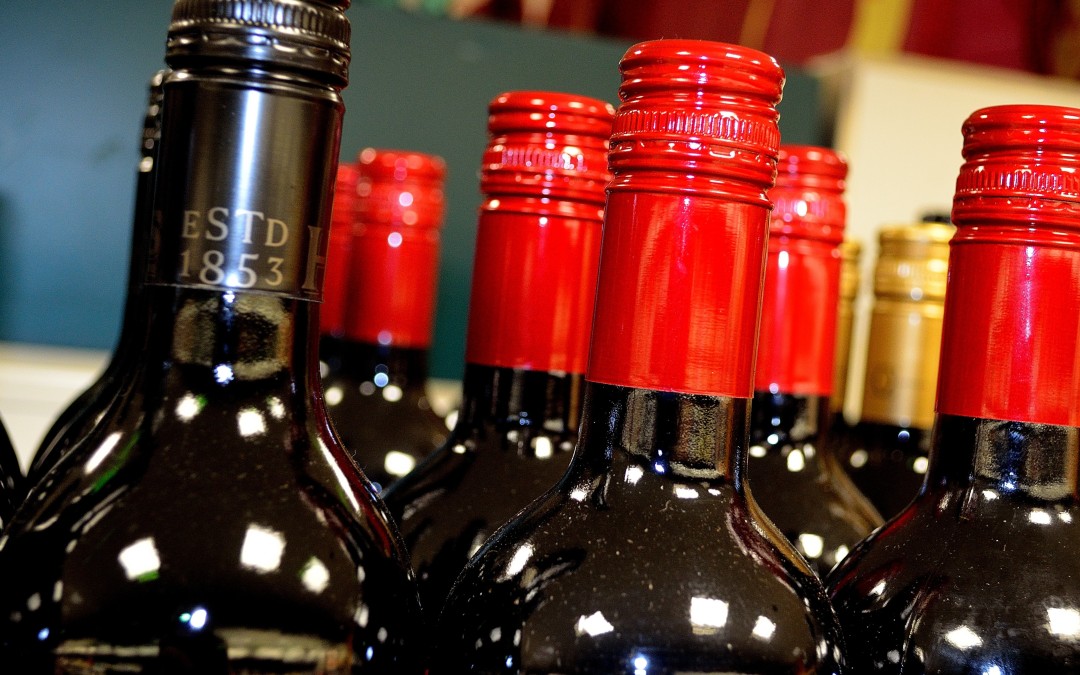There are hundreds of red wines, but most of us only think of a few familiar varietals such as cabernet sauvignon, merlot and pinot noir. When it comes to learning about wine, and having a better understanding of your palate (what you may like or dislike), these well-known varietals are not necessarily the best to use for your study.
Many wines are blended with other grapes to enhance the flavor, character or even color. Exploring individual wines that offer distinct characteristics is a good place to start.
The lesson: Body
The wine: Australian shiraz
There is no mistaking the term “full-bodied” as you explore most Australian shiraz. The high alcohol content also comes into play. The body of a wine can be detected by how the wine feels in your mouth, also known as “mouth feel” in wine speak. As you taste an Australian shiraz consider the viscosity. For a better understanding of mouth feel, milk is a good comparison. Consider skim milk as the lighter version, whole milk as having some heft, then ending with the full mouth feel of heavy cream.
THE VALUE
- 2013 Jacob’s Creek Reserve Shiraz, Australia (about $14 retail)
THE SPLURGE
- 2012 Leeuwin Art Series Shiraz, Australia (about $42 retail)
The lesson: Tannin
The wine: California petite sirah
It seems reasonable that a grape named “petite” would be soft, dainty and produce a light-bodied wine. But this grape is anything but petite, with its robust, spicy tannic structure. The petite sirah grape is a very small grape with thick skin, giving the wine its high tannin and deep color. Tannin is an easy lesson for wine drinkers to grasp if you just think of the puckery, drying sensation you experience from tasting strong unsweetened tea.
THE VALUE
- 2013 Concannon Petite Sirah, California (about $14 retail)
THE SPLURGE
- 2013 Earthquake Petite Sirah, California (about $32 retail)
The lesson: Herbaceous/vegetal
The wine: Chilean carmenere
Chilean carmenere is much like merlot, with its approachable style of low tannin and acids. It has distinct fruity flavors of plum and cherry. But more importantly, it is a prime example of a wine with “green,” “vegetal” or “herbaceous” notes. In addition to the fruity flavors, there is the subtle aroma and taste of bell pepper. The technical term is Pyrazine, an aromatic organic compound that is the source of the herby and grassy note.
THE VALUE
- 2013 Root 1 Carmenere, Chile (about $12 retail)
THE SPLURGE
- 2013 Axel Carmenere, Chile (about $26 retail)
The lesson: Alcohol perception on the palate
The wine: California zinfandel
Zinfandel grapes, when grown in a warm climate, have a tendency to create a higher than average alcohol wine. Some of these wines can be 14 percent to 15 percent alcohol, and it is easy to detect it, as opposed to that of lower-alcohol wines. The best process for detecting alcohol levels on your palate is rather straightforward: Does the wine create a burning sensation on the back of your throat? If so, then it is a high-alcohol wine. Many high-alcohol wines have a wood or spice taste, with the fuller-bodied perception attributable to the alcohol level.
THE VALUE
- 2013 Bogle Old Vine Zinfandel, California (about $13 retail)
THE SPLURGE
- 2013 Force of Nature Zinfandel, California (about $25 retail)
